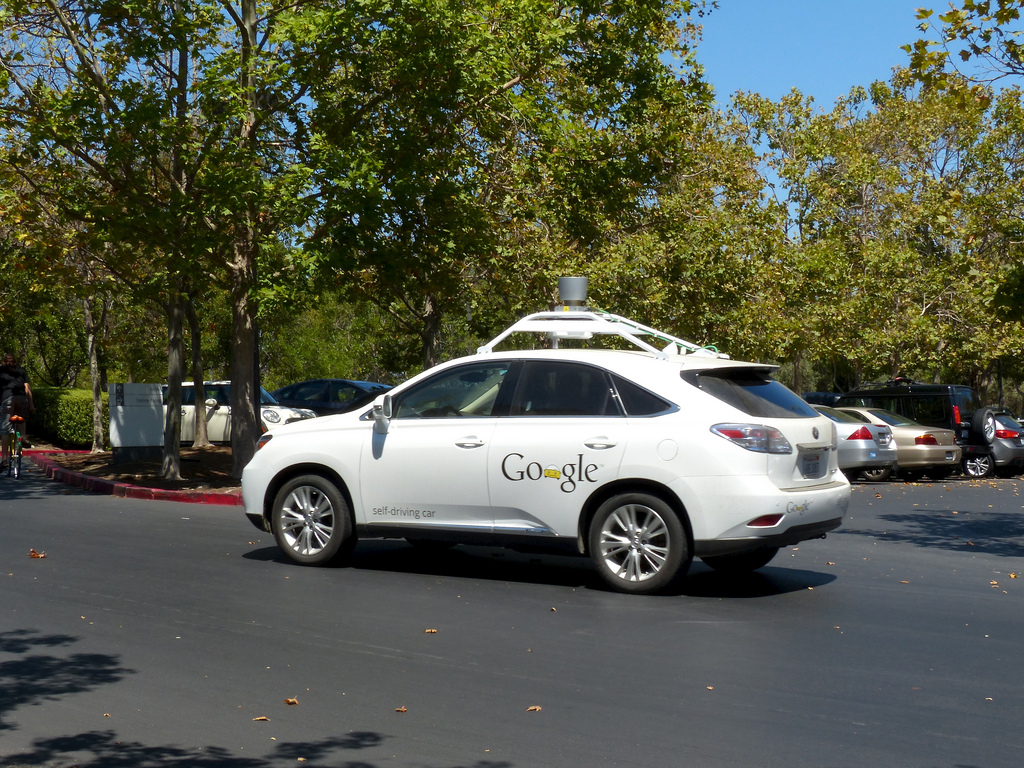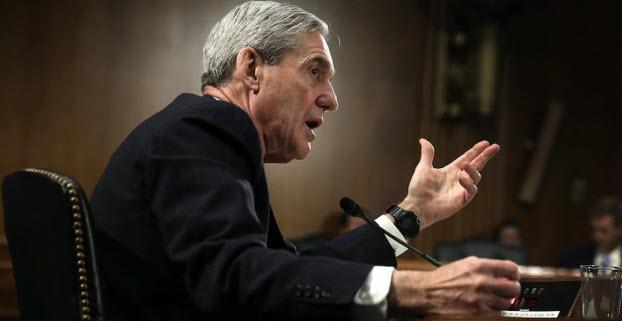Safety not a major concern as House gives self driving car bill the fast lane
09/18/2017 / By Lance D Johnson

Bipartisan agreement in the U.S. House of Representatives is rare, but when it comes to pushing hundreds of thousands of Google’s self-driving cars onto the streets, lawmakers are fast to act and quick to agree. The Self Drive Act was recently sped through the House of Representatives. If signed into law, the act will permit 25,000 self-driving vehicles to be deployed in the first year and 100,000 more on an annual basis.
Safety is not a major concern because the act grants the federal government the authority to exempt automakers from following safety standards not applicable to the technology. As the federal government gains sole authority over the regulations, officials at the state and local level will be limited in their ability to protect citizens. The federal government will be in charge of regulating the design and performance of autonomous vehicles. Google’s connections inside the federal government and their financial influence will give them greater authority over the regulations, and safety issues will be worked out as issues arise.
In order to get self-driving cars on the road, manufacturers will only have to prove that they are as safe as existing vehicles. This leaves a lot of room for errors and will put many lives at risk in new ways. Self-driving vehicles bring up a whole new batch of possible problems on top of the normal issues with current motor vehicles.
Seven consumer and safety groups came together and denounced the bill for having a lack of safety standards. “Exposing motorists to the dangers of crashes without proven and needed protections is a wanton disregard for public health and safety,” the groups wrote.
The worst part: Automakers balked at the idea of including emergency steering wheels and brake pedals in the new self-driving cars. What will drivers do in the event of an emergency, if the technology fails?
The cars will also be able to bypass crashworthiness standards, too. “Unfortunately, this legislation takes an unnecessary and unacceptable hands-off approach to hands-free driving,” the groups stated.
The Senate is now expected to bring their version forward as the Trump administration prepares to release guidelines. In recent years, states have passed their own laws to regulate self-driving cars, but this new act would bypass any of the states’ concerns and push autonomous vehicles onto the streets anyway, at the rate of 100,000 per year.
Makers of self-driving cars believe the technology will make the streets safer. There were over 40,000 traffic fatalities in 2016 and 94 percent of the crashes can be traced to human error. In theory, much of this human error can be eliminated if people relied on the technology of the self-driving car. However, self-driving cars are designed by humans and technology is certain to fail. How defensive will these vehicles be? Will they be better equipped to avoid an accident in real time?
House members expressed that the U.S. should be more competitive with other Nations that are developing self-driving cars. “The measure ‘gives the auto industry the tools to revolutionize how we’re going to get around for generations to come,” said Rep. Fred Upton, a Michigan Republican.
The bill also seeks to put self-driving semi trucks on the road, putting countless truck driving jobs at risk. If something was to fail with the autonomous technology in semi trucks, the devastation would be even worse. Imagine what would happen if sensors didn’t tell the truck to stop on time. Imagine if directional guidance was skewed, much like what is observed with GPS spoofing on the high seas? What happens when nefarious groups hack these vehicles and cause accidents remotely? What if autonomous vehicles were manipulated en masse, causing widespread crashes? What if someone could hijack a self-driving vehicle and take someone to an entirely different location? These and many other questions are not being addressed, and that is a major cause for concern.
To keep up-to-date with autonomous vehicle concerns, visit Glitch.News.
Sources include:
Tagged Under: autonomous vehicles, Congress, Google, government control, hacking, safety measures, security risk, self-driving cars, technology failure




















